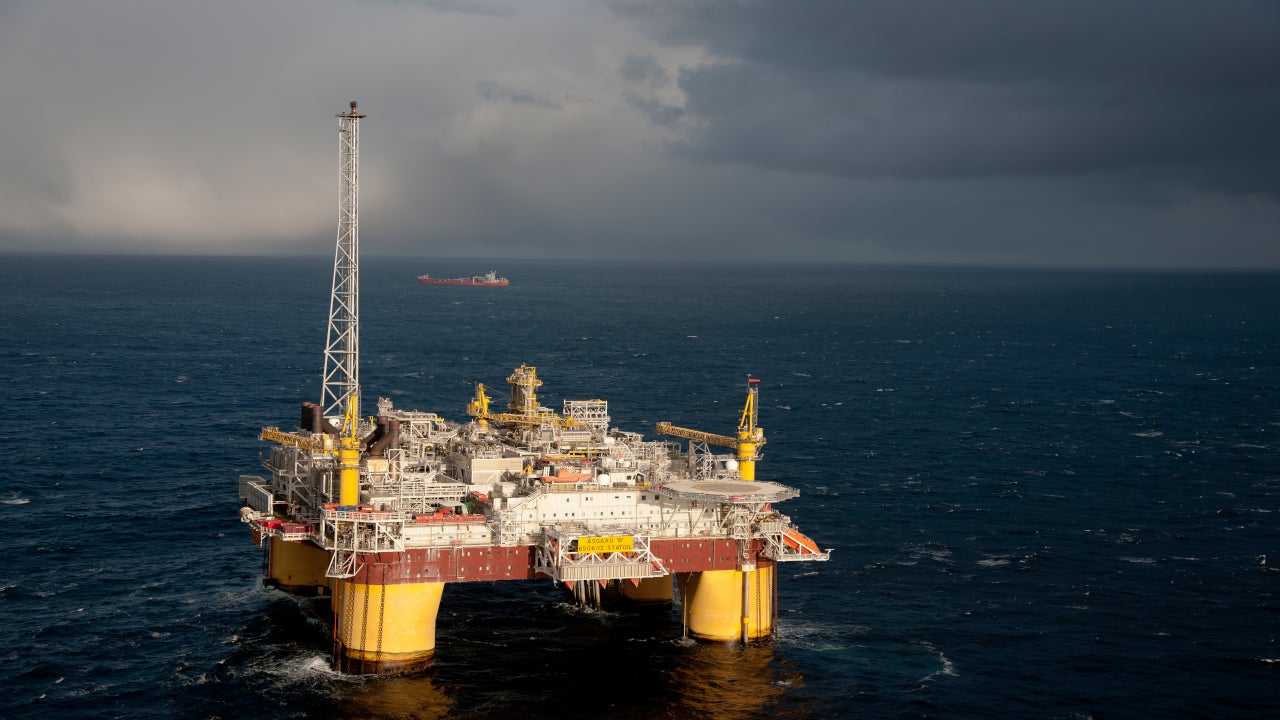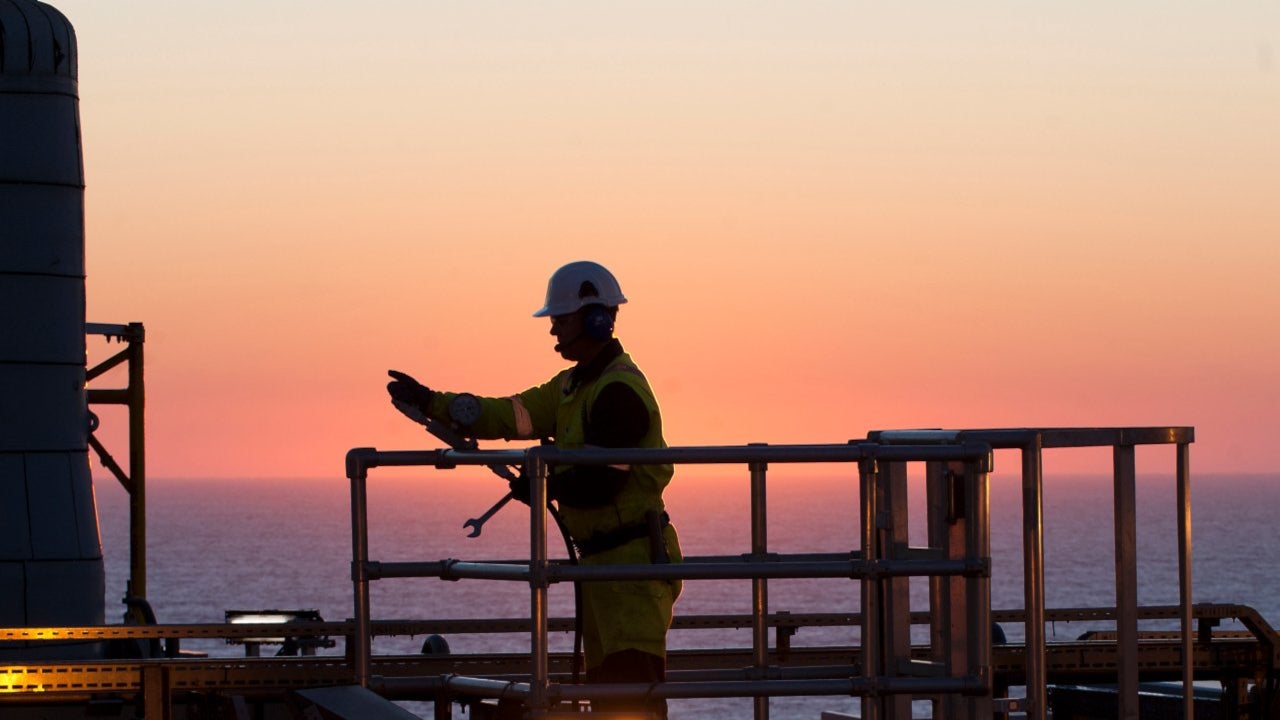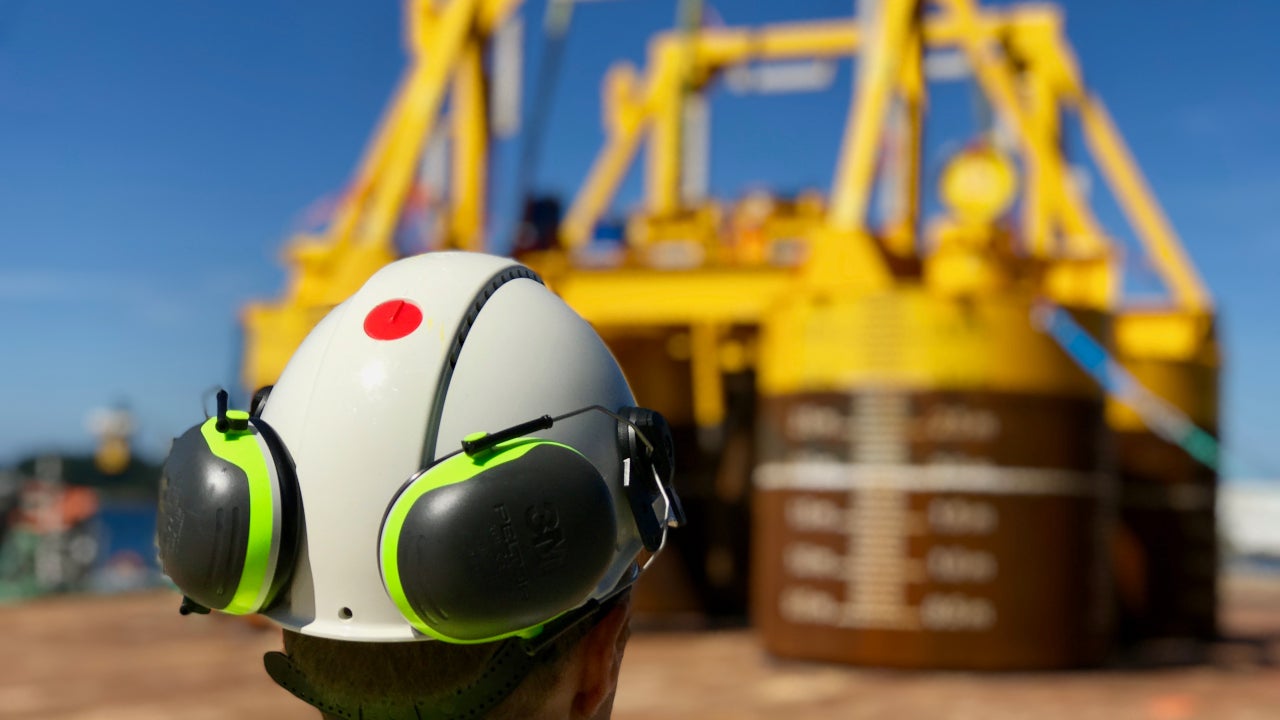Haltenbanken East is a proposed multi-field development project located in the Norwegian Sea, offshore Norway. The project covers the collective development of six discoveries across four different licences as the discoveries were considered as stranded assets with no economic viability for individual development.
Haltenbanken East is operated by Norwegian oil and gas company Equinor which owns a 57.7% working interest in the field. Equinor’s licence partners Var Energi, Spirit Energy and Petoro hold working interests of 24.6%, 11.8%, 5.9%, respectively, in the field.
The licensees finalised a concept for the development of the six discoveries in a joint unitisation project in May 2021. The unitisation approach will be productive and economical for the development as well as production phases of the project. The project is estimated to involve an investment of up to Nkr10bn ($1.2bn).
The companies are expected to submit the plan for development and operation (PDO) for the project to the Norwegian authorities in late 2022 while production is expected to begin in 2025.
Haltenbanken East location
The five proposed discoveries across four different licenses at Haltenbanken East are Sigridy, Natalia, Mikkel-Harepus, Flyndretind and Nona.
Sigridy and Natalia are located at the north of Aasgard platform in the production license (PL) area 263, while Mikkel-Harepus, Flyndretind, and Nona are situated in the south of the producing field well in PL312, PL473 and PL074, respectively.
The sixth small gas discovery Cortina is located in PL 471 on Haltenbanken.
Haltenbanken East geology and reserves
Haltenbanken holds an estimated total recoverable reserve of 310 million standard cubic metres (MMscm) of oil and condensate and 305 billion standard cubic metres (Bscm) of gas. The major hydrocarbon discoveries of Haltenbanken are situated on the Halten terrace and the western margin of the Troendelag platform.
Hydrocarbons within the Haltenbanken East are trapped in the middle and lower Jurassic sandstone reservoirs. The six discoveries and three prospects of the project are estimated to hold combined recoverable resources of approximately 100 million barrels of oil equivalent (MMboe) of hydrocarbons, mostly gas.
The combined discoveries at the Haltenbanken East are estimated to have recoverable reserves of up to 85MMboe.
Haltenbanken East project development details
The Haltenbanken East project is planned to be developed in two phases. The first phase will include the drilling of six wells across five of the discoveries while the last discovery and three prospects are proposed to be drilled as side-tracks from existing wells in the second phase.
The sub-sea production wells will be tied back to the Equinor-operated Aasgard B, a semi-submersible gas and condensate processing platform, utilising existing facilities. The subsea templates will be tied into the platform through the Midgard structure, where Equinor installed a unique subsea gas compression system in 2015 to improve recovery.
Aasgard platform details
The Aasgard field is located at a water depth of up to 300m in the Haltenbanken area, approximately 50km south of the Heidrun field. Discovered in 1981, the field started production in 1999.
The field was developed with subsea production wells tied back to the Aasgard A floating production, storage and offloading (FPSO) vessel while the Aasgard B platform is utilised for gas and condensate processing. Aasgard C is a condensate storage vessel tied back to the field.
The Aasgard Transport gas pipeline transports the hydrocarbons from the field to the Karsto processing plant north of Stavanger in southwestern Norway. The processed gas from Karsto is further transported to Dornum near the North Sea coast of Germany via the Europipe II, a 658km-long and 42in-diameter natural gas trunkline.
The tie-ins of satellite discoveries such as the Trestakk field to the Aasgard infrastructure will increase the lifetime of the facilities.




